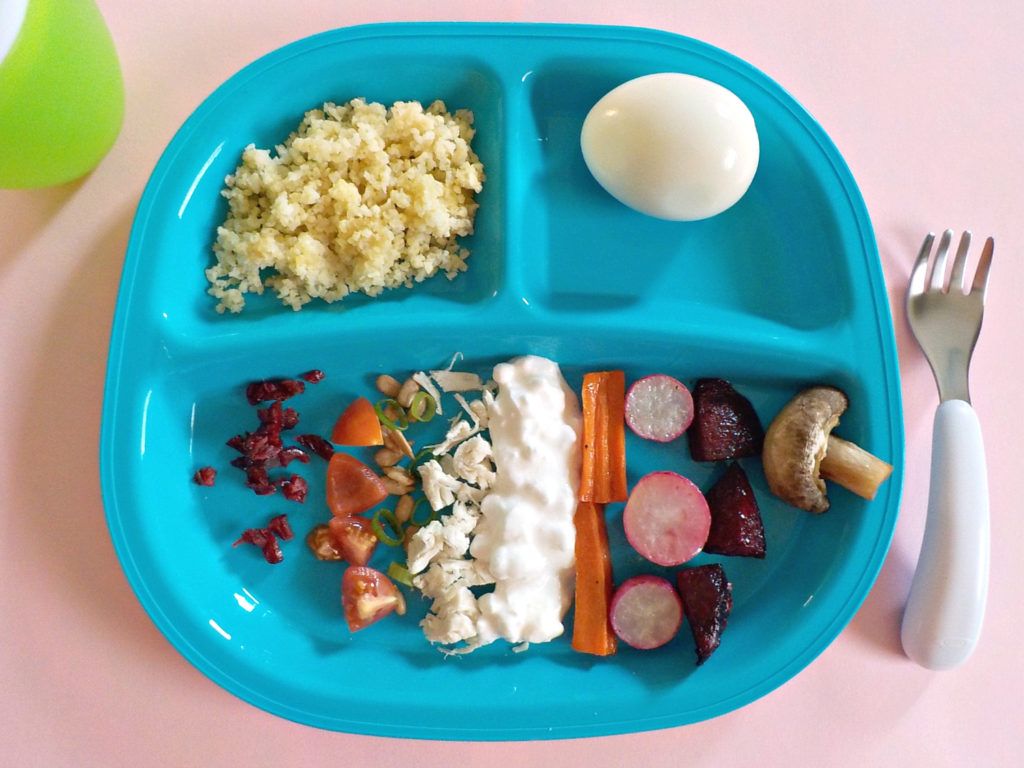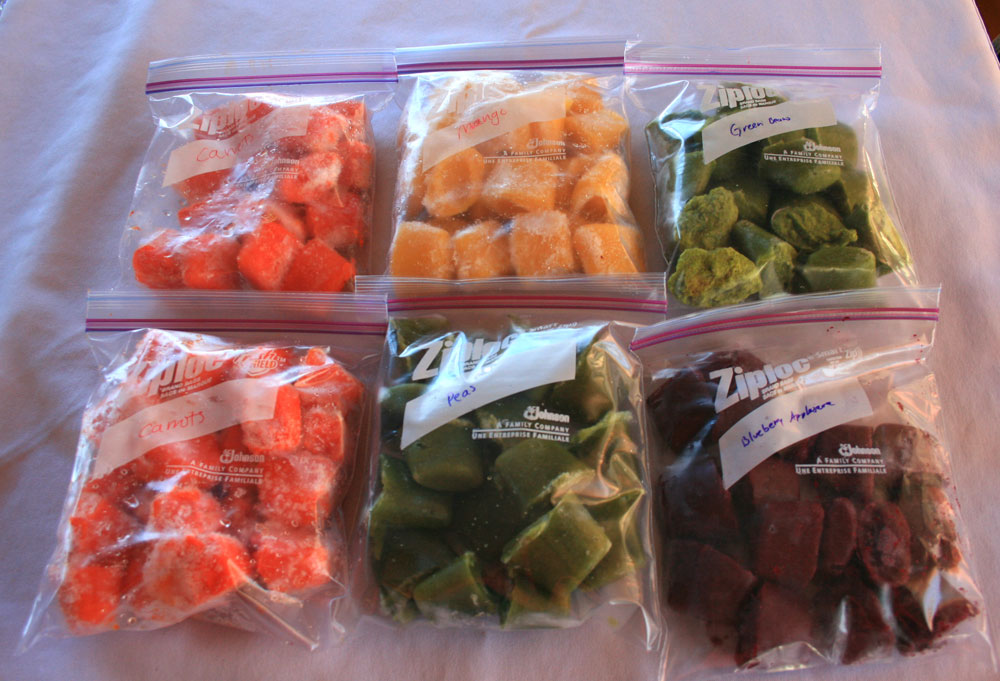Pepper baby food
Red Pepper + Sweet Potato Baby Food Puree
Published on in Recipes, Stage 2 Baby Food Purees and Mashes
Please share!
1828 shares
As an Amazon Associate, I earn from qualifying purchases. This post may contain affiliate links. Read my disclosure policy.
If you’ve been searching for a red pepper baby food recipe, look no further! This stage 2 Red Pepper + Sweet Potato Baby Food Puree is perfect for your 6 month+ baby.
Jump to Recipe
What health benefits does this red pepper + sweet potato baby food puree provide?
This puree is loaded with health benefits for your baby!
Red peppers contain a ton of vitamin C and are also high in antioxidants.
Sweet potato is also high in antioxidants and fiber.
Cumin aids in digestion and also boosts immunity.
Try these yummy recipes for the whole family!
- Orange Creamsicles
- Mango Smoothie Bowl
- Teriyaki Glazed Corn
- Corn & Black Bean Quesadilla
- Berry, Banana & Avocado Smoothie
How long will homemade baby food last?
Fresh, homemade baby food will last in the refrigerator for 3 days. Once the 3 days have passed, the remaining food should be disposed of for safety reasons.
If you make this or any other baby food recipes in bulk, it can be stored it the freezer for up to 3 months. Click here for more information, tips and tricks on storing homemade baby food.
By the way, these baby food freezer storage trays are PERFECT for freezing baby food. They come with snug fit lids that prevent spills and freezer burns, and they stack so easily.
How do you make Red Pepper + Sweet Potato Baby Food Puree?
Ingredients:
- 1 cup of diced red bell pepper
- 1 cup of diced sweet potato
- 1/4 teaspoon of cumin
- water, formula or breast milk as needed
Equipment:
- Baby Bullet, food processor or blender
- pot
- steamer basket
Step 1: Fill a pot with 1-2 inches of water then place a steamer basket in it. Place the pot on the stove and turn the heat on to medium-high.
Place the pot on the stove and turn the heat on to medium-high.
Step 2: Wash, peel and dice 1 cup of sweet potato. Wash, de-seed and dice 1 cup of red bell peppers.
Step 3: Add the sweet potato to the steamer basket and cover the pot with a lid. Steam for 5 minutes.
Step 4: Add the red pepper to the steamer basket and cook, covered, for an additional 10 minutes, or until the sweet potato is soft.
Step 5: Let the sweet potato and red pepper cool down slightly. Then add them, along with the cumin, to a blender. Blend until smooth, adding just enough liquid to get your blender going. Slowly add more liquid as needed to reach your desired consistency.
Note: Keep in mind that a blender will give you a smoother puree than a food processor.
If you’re looking for a super smooth puree, you will need a high-powered blender.
Although I am using a high-powered blender to showcase this recipe, I made a lot of baby food for my kids in a food processor. I liked to give my babies lots of different textures because I didn’t want them to get accustomed to super smooth purees all the time.
I liked to give my babies lots of different textures because I didn’t want them to get accustomed to super smooth purees all the time.
In fact, this KitchenAid food processor is what I used. I LOVE it because it is very compact (I have a small kitchen) but it’s still powerful.
But, the tool you choose to puree your baby food in is totally up to you! It’s just a matter of personal preference.
Try these other stage 2 baby food recipes!
- Cinnamon + Raisin Rice Baby Cereal
- Red Lentil + Carrot Baby Food
- Okinawan Sweet Potato Baby Food Puree
- Cauliflower + Peas Baby Food Puree
- Blueberry + Almond Butter Oatmeal Baby Cereal
You should always consult your pediatrician before giving your baby new foods.
Baby Bullet
Food Processor
blender
pot
Steamer Basket
- 1 cup red bell pepper diced
- 1 cup sweet potato diced
- 1/4 teaspoon cumin
- water, breast milk or baby formula as needed
Fill a pot with 1-2 inches of water then place a steamer basket in it.
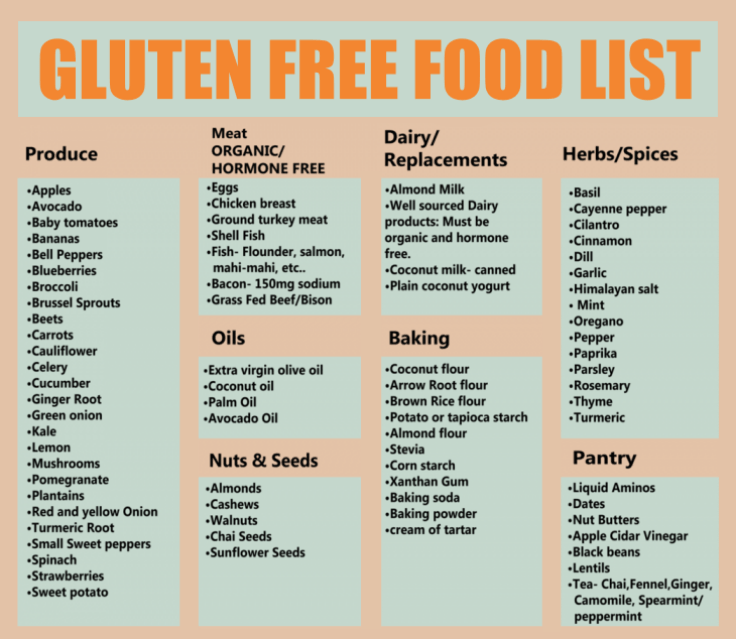 Place the pot on the stove and turn the heat on to medium-high.
Place the pot on the stove and turn the heat on to medium-high.Wash, peel and dice 1 cup of sweet potato. Wash, de-seed and dice 1 cup of red bell peppers.
Add the sweet potato to the steamer basket and cover the pot with a lid. Steam for 5 minutes.
Add the red pepper to the steamer basket and cook, covered, for an additional 10 minutes, or until the sweet potato is soft.
Let the sweet potato and red pepper cool down slightly. Then add them, along with the cumin, to a blender. Blend until smooth, adding just enough liquid to get your blender going. Slowly add more liquid as needed to reach your desired consistency.
- Keep in mind that a blender will give you a smoother puree than a food processor.
- If you want a really smooth puree, you will need a good, powerful blender.
- If your baby is ready for a chunky consistency, you can mash this instead of pureeing it.
- My baby food recipes don’t yield a lot because babies don’t eat much, and they should be eating a variety of different foods (making too much of one type won’t give them that opportunity).
 However, if you want to make this recipe in bulk to freeze for later, simply double it.
However, if you want to make this recipe in bulk to freeze for later, simply double it.
Tried this recipe? I’d love to see it!Mention @raising.veggie.lovers or use #raisingveggielovers!
As always, sharing is caring! Please click on the buttons below to share this post with your friends!
Please share!
1828 shares
Bell Pepper & Chicken Baby Puree +6M
5.7K shares
Peppers are not a so common choice for baby purees (maybe for their distinctive flavor ??) even if from a nutritional point of view they are a wonderful idea 😉
They can be introduced in your baby’s diet starting from 6 months of age.
Of course I’m not talking about hot Peppers (they will literally burn your baby’s mouth and cause a not so fun diaper rash!!) but Bell Peppers, the sweet ones, are such a lovely first food!
From a nutritional point of view Bell Peppers are a good source of folate and vitamins (C, A, B6). They contain antioxidants which contribute to anti-cancer benefits.
As sweet bell peppers are unfortunately in the 2017 dirty dozen list (the list of produce that is loaded with pesticides, insecticides, and herbicides), my suggestion is to buy them organic only.
That being said, which color? Green? Red? Yellow? Orange?
The fun fact is that it’s the same variety, the color is simply a stage of ripeness: that means that if you let a green bell pepper ripe under the sun, soon or later it will get red 🙂
Like any other fruit or vegetable, the ripen they are the sweeter they taste.
So, for a baby puree, my suggestion is to use the sweetest possible, and than means Red or Orange or Yellow Bell Peppers, with red being the sweetest.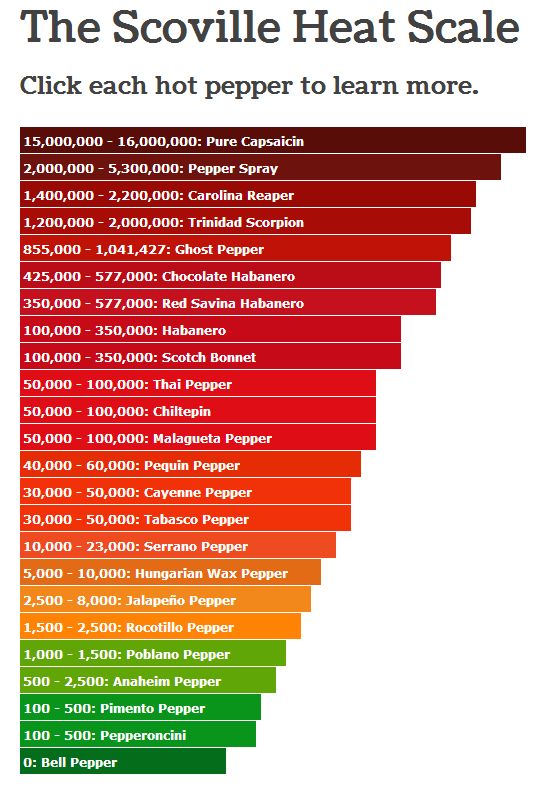
What changes with color is not only the taste, but also the nutritional value, again in favor of the red bell pepper vs the green (more folate and beta-carotene).
Today I decided to create a complete nutritious baby meal using bell peppers, pairing them with potatoes and chicken. Potatoes for a creamier result and chicken to add in some proteins 😉
You simply need to chop the potato into small chunks, I used red potatoes that have a super soft skin, so I didn’t peel them. If using yellow potatoes I would peel 🙂 Steam the potatoes for 5 minutes.
Meanwhile core and de-seed the red peppers and chop into chunks too! Cut the chicken in small cubes.
Add both chicken and bell peppers and garlic to steam basket and steam on top of the potatoes for additional 9 minutes.
Let cool slightly and then puree in blender or food processor until smooth and creamy, adding water from steamer if needed.
If you want to use other thinning liquid to get your desired baby food consistency, check out this video too and the post HOW to THIN Baby Food
The baby puree can be stored in the refrigerator in an air tight container for 3 days or freezes for up to 3 months.
You can find the Green Sprouts Baby Food Green Glass Cubes with lid and tray featured in the recipe here
and the green truck silicone baby spoon here.
- 2 organic bell peppers (red and yellow)
- 1 small potato
- 1 cup chicken
- 1 clove garlic
-
Chop potato into small chunks [peeling is optional] and steam for 5 minutes.
-
Meanwhile core and de-seed the red peppers and chop into small pieces.

-
Cut the chicken in small cubes.
-
Add chicken + bell peppers + garlic to the steamer on top of the potatoes and steam for additional 9 min.
-
Let cool slightly and then puree in food processor (or blender) until smooth and creamy, adding water from steamer if needed.
-
Serve warm or store 3 days in the refrigerator or 3 months in the freezer
-
Enjoy!
5.7K shares
bell pepperbell pepper baby foodbell pepper baby pureechickenchicken baby foodchicken baby pureechicken puree'
About Barbara Lamperti
In Italian BuonaPappa means “enjoy your baby food”. I thought that if I had issues cooking for my baby for the first time, well, maybe I was not the only mom in this situation. Why not start sharing what I learned with other moms and dads all around the world? That's how BuonaPappa.net was born, THANK YOU for following! I feel honored and humbled daily that you would stop by and view my recipes. Grazie mille!
Why not start sharing what I learned with other moms and dads all around the world? That's how BuonaPappa.net was born, THANK YOU for following! I feel honored and humbled daily that you would stop by and view my recipes. Grazie mille!
Spices in baby food: when and what spices can be introduced into the diet
Herbs and spices can turn any dish into a small masterpiece. From the moment when new products appear in the baby's diet, almost every mother thinks about how to make the baby's food tastier. We focus on our taste preferences, because it is unusual for us to eat food without salt, sugar and spices. But from the point of view of benefits and expansion of taste, the addition of salt and sugar is an optional, and generally forbidden tactic at an early age. But natural spices can help in expanding the taste, introducing the baby to new flavors. However, with regard to seasonings and spices, there are recommendations and prohibitions.
What spices should not be given to children
During the period while the child receives breast milk or its adapted substitutes, no spices and seasonings should be in his diet. Moreover, odorous and sharp spices, spicy and spicy dishes should not be abused even by a nursing mother. Milk can acquire a specific smell and taste.
Moreover, odorous and sharp spices, spicy and spicy dishes should not be abused even by a nursing mother. Milk can acquire a specific smell and taste.
The situation will be similar at the beginning of complementary foods. If these are industrial products, selected by age, they are completely ready for use. Nothing is added to them. If parents prepare the first feeding dishes on their own, they do not need to add salt, sugar or any spices or herbs. It is permissible to add a few drops of vegetable oil to vegetable puree or porridge.
Spices should be introduced into the diet of children carefully for several reasons:
- they contain essential oils and fruit acids, tannins that can irritate the immature mucous membrane of the stomach and intestines;
- various spices have a high allergenic potential;
- many spices have a sharp and bright taste and aroma, because of which the baby may refuse food.
Before introducing any herbs, spices and spices, it is useful to consult with a pediatrician, and if the child is prone to allergies, with an allergist.
It is strictly forbidden to use the following products before 6-7 years of age:
- any variety of red hot pepper;
- mustard in its various varieties;
- horseradish sauces;
- hot black pepper;
- saffron;
- vinegar (especially regular table vinegar).
These substances can cause irritation and even burns, mucosal erosions, and can cause serious digestive disorders.
What spices can be given to children
As the baby's diet expands, when he gets acquainted with the main dishes of complementary foods, closer to a year, you can expand the boundaries of taste due to various spices, seasonings, spices. However, they must all be of natural origin - fresh, dried, singly or in a mixture. It is unacceptable to use mixtures of spices and spices with salt and artificial additives, flavors, flavor enhancers in the preparation of dishes for baby food.
Cumin, dill and fennel
The very first herbs in a child's life. You can meet them as early as 6-7 months. Cumin and dill, fresh or dried, are most often added to meat purees.
You can meet them as early as 6-7 months. Cumin and dill, fresh or dried, are most often added to meat purees.
Fennel is also one of the first spices children try. With colic, a decoction of fennel or dill water helps get rid of colic. In the future, dill and fennel can be added to salads, soups, main dishes.
Onions, garlic, celery, parsley
These spices are introduced to children over 8 months of age. Of course, onions and garlic, cooked or raw, can only be added to vegetable purees, meat dishes, and soups in tiny amounts, purely "for flavor."
Basil, coriander, allspice, bay leaf
After 10 months, these spices can be added to vegetable and meat dishes, fish puree, soups. Start with the smallest amounts and be guided by the tastes of the baby himself.
Allspice
It can be added to the diet of babies after one year. It is especially well suited for meat, fish dishes and vegetable side dishes. But do not get carried away with this spice. It needs very little.
It needs very little.
Bay leaf
You can cook soups with the addition of bay leaves from 8–10 months. It gives a tart flavor, stimulates appetite. But it is important to remember that after cooking the leaves must be removed. In no case should they fall into the child's plate.
Basil
This aromatic herb is used fresh and dried to add a spicy, spicy flavor to dishes. Due to the essential oils that give it a specific taste and smell, basil stimulates the appetite. However, it should not be used in children under two years of age. When used fresh, it helps to relieve intestinal spasms, prevents excessive gas formation. It can be added to the first and second courses, fish, meat, legumes. It goes well with scrambled eggs, cheese, pasta, vegetables. The spice is added to ready-made dishes, finely chopped, or sprinkled with dried herb powder right before serving.
Coriander
Along with basil, this herb is used in cooking various dishes. It can be salads, first and second courses, desserts.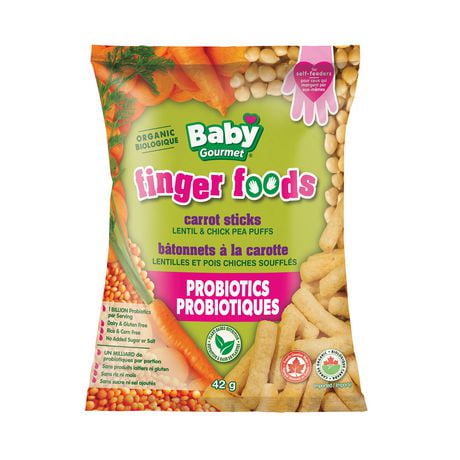 Coriander helps stimulate digestion, improves digestion, eliminates gas formation. It can be used in the nutrition of children after a year, if there is no allergy. Otherwise, it is worth waiting up to 2-3 years until digestion gets stronger.
Coriander helps stimulate digestion, improves digestion, eliminates gas formation. It can be used in the nutrition of children after a year, if there is no allergy. Otherwise, it is worth waiting up to 2-3 years until digestion gets stronger.
Try to use the spices and herbs that you usually add to your own food. This will make it easier for the child to get used to the products from the common table. Spices and spices for vegetable and meat dishes are a good substitute for salt, make the dish more aromatic and help to cope with lack of appetite in babies.
Vanilla and cinnamon
Sweet spices ideal for cereals, fruit purees and curd dishes. They can be used in the nutrition of a child closer to a year, emphasizing the natural sweet taste of dishes.
Cinnamon
Domestic experts recommend refraining from using cinnamon in children's meals up to 1.5–2 years. After this age, the fragrant spice can be used in a variety of sweet or savory flavored dishes. Among the useful properties of cinnamon, we highlight the following:
Among the useful properties of cinnamon, we highlight the following:
- an excellent source of antioxidants with a therapeutic and prophylactic effect;
- supplier of iron, manganese, calcium necessary for growth and development;
- natural antiseptic, used as a natural preservative;
- a digestive stimulant that increases appetite and suppresses gas formation in the intestines;
- assistant in the treatment of colds and recovery after them. Cinnamon can be added in ground form to desserts, cereals, vegetable stews, meat dishes and salads.
Vanilla
This is one of the most "childish" spices, because its aroma is inextricably linked with sweets, desserts and pastries. Babies can cook the first desserts with vanilla after a year. It is especially suitable for dairy and cereal dishes. It helps to improve appetite in children if you add it to fermented milk products - kefir, natural yogurt. Suitable for making porridges and puddings.
But in the nutrition of children under one year old, it is still important not to get carried away with vanilla and cinnamon, trying to gradually enrich the diet with taste and spices. Everything has its time!
Spices and seasonings: which ones are suitable for children's menu - Parents.ru
About nutrition
- Photo flavor food: dried cumin seeds, clove buds, pepper fruits, cinnamon bark, mint leaves and much more. By the way, do not confuse spices and seasonings - the latter, for example, include sauces that can be separate dishes, or mixtures of several types of spices, sometimes with salt and additives.
The unique, bright smell and taste of spices is the merit of the aromatic acids, essential oils, tannins included in their composition. They increase the production of digestive juices and improve appetite. True, spices cannot boast of an abundance of useful substances. Therefore, spices (unlike salt) are not an obligatory “participant” in our diet at all.

Spices are indispensable when you need to give a dish a special taste and aroma, soften the sharp smell of the original products. Spices help food and dishes to be stored longer, because many of them kill bacteria: Jamaican and capsicum, cumin, cloves, bay leaf, rosemary have this property.
Can a baby?
Despite the numerous merits of spices, children's nutritionists are very reserved about them, especially when it comes to the little ones. The fact is that the gastrointestinal tract of babies is very vulnerable to any irritants, and hot spices can easily cause inflammation in it. In addition, some spices often lead to allergies.
That is why introduce your baby to these spicy "additions" ahead of time, which is recommended by doctors, is not at all worth it. And even when the child grows up, you need to season his dishes with spices very carefully, a little bit at a time, in order to only slightly “shade” or emphasize the taste. And very hot or bitter spices (curry, chili, cayenne pepper, horseradish, mustard) should not appear on the baby’s menu at all until school.

What spices are suitable for the little ones?
-
Sweet and white pepper, bay leaf - from 9 months;
-
basil, cumin, thyme, coriander, marjoram, rosemary, allspice - from 10 months;
-
black pepper - only after 1 year.
Each of the spices has its own "favorite" products. What dishes for the baby are best to add them?
-
Black and white pepper - in meat, fish and vegetables.
-
Jamaican pepper (allspice) - for meat.
-
Marjoram is good in soups, sauces, salads, meat dishes, especially beef; pairs perfectly with garlic.
-
Rosemary goes well with vegetables and meat, soups, fish, baked vegetables, potatoes; can replace bay leaf.
-
Cloves go well with both meat and sweets.
-
Thyme is used in all dishes, but especially in meat, poultry, and cheeses.
-
Cumin adds flavor to pastries and desserts.

-







